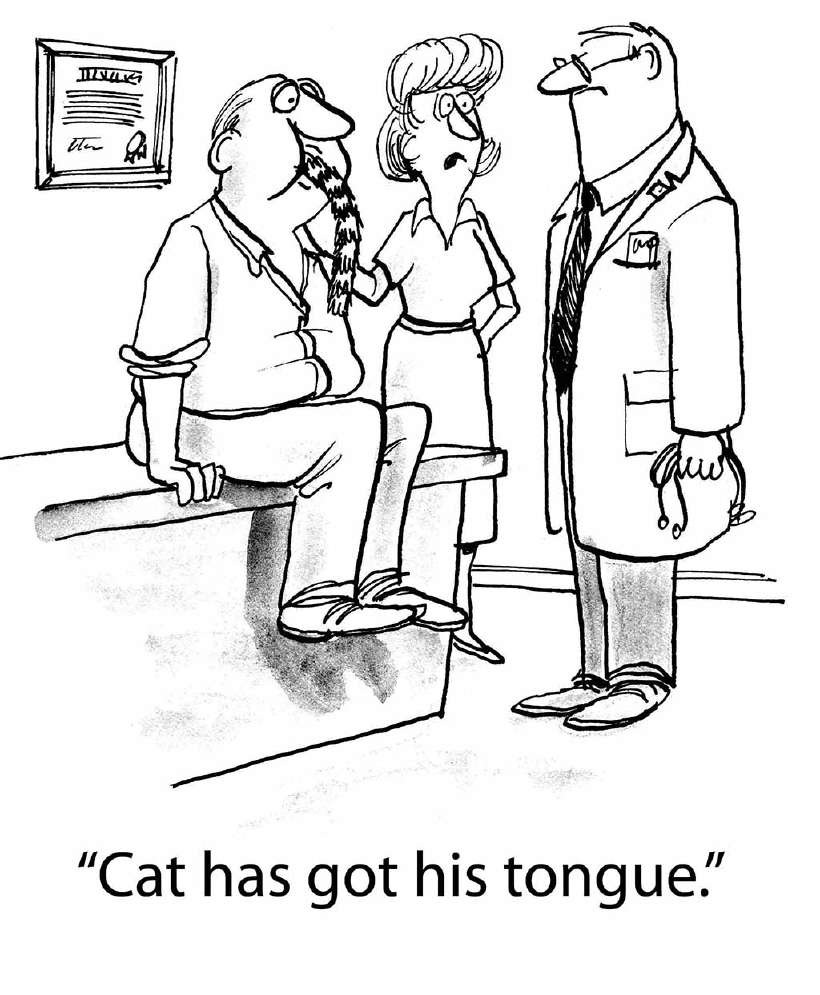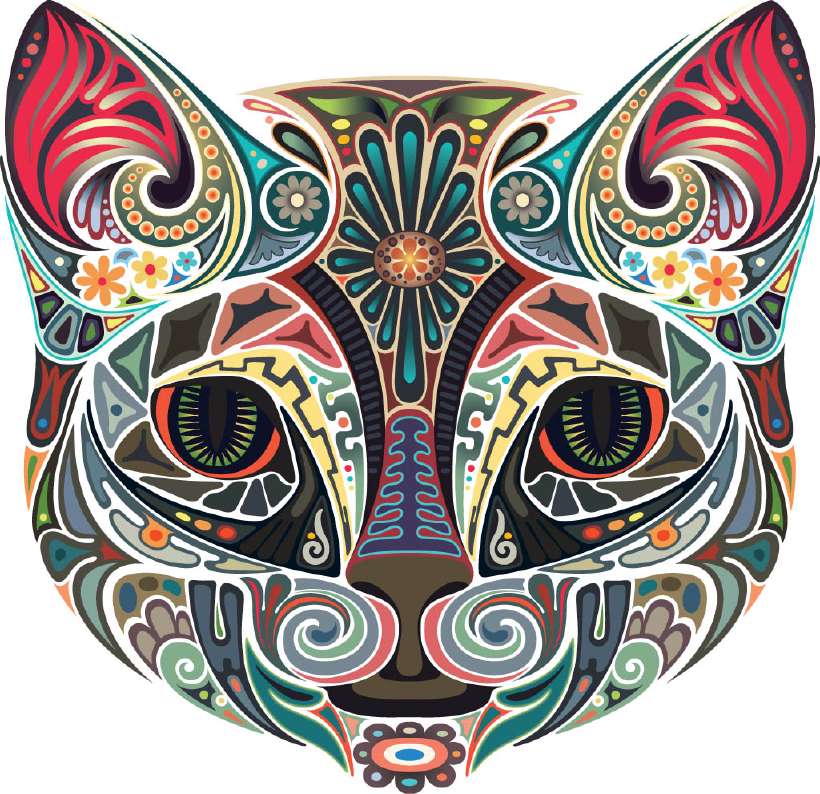The Language of a Cat
Home / Non Fiction for Kids / Features for Kids / The Language of a Cat
The poet Carl Sandburg wrote, “The fog comes in on little cat feet.” So do a large number of our words and expressions. Let’s think of the cats that run and leap and pounce and slink and purr and meow through the English language.
There are a number of explanations for the phrase, “it’s raining cats and dogs”? Cats and dogs were closely associated with the rain and wind in the western mythology. Dogs were often pictured as the attendants of Odin, the storm god, and cats were believed to cause rain.

But the true source appears to be quite literal. During heavy rains in the 17th century England some city streets became raging rivers of filth carrying many drowned cats and dogs.
Not long ago in England, a city dweller had to be careful of buying a pig from a villager who would keep it in a sack. Very often, cunning villagers intent on duping the customer substituted the pigs with cats. And when the city dweller opened the bag, he would literally let the cat out of the bag, revealing the crafty farmer’s secret.
When a cat is attacked by a dog or other animals, it aggressively arches its back, a response that suggested the phrase ‘to get one’s back up’ to describe humans aroused to anger.
On the other paw, cats are often pictured as grinning. Charles Ludwidge Dodgson, best known to the world as Lewis Carroll, popularised the Cheshire cat in his classic, Alice’s Adventures in Wonderland (1865). In the story, the Cheshire cat in the story gradually fades from Alice’s view, but the smile manages to hang in the air magically.
An old British expression advised that “There’s more than one way of killing a cat than choking it with cream.” The expression was used to describe a foolish action since cats like cream and would never choke to death on it. Gradually, this expression gave way to yet another colourful one – there’s more than one way to skin a cat.

Cats have long been regarded as tenacious survivors because of their careful, suspicious nature and because they are supple animals that can survive high falls. This could be the reason for the Old English saying that a cat has nine lives. This phrase can be traced back well before the 16th century.
You might have asked a person who has been rendered speechless if a cat has got her tongue. This phrase refers to a form of punishment in the Mid-east, several centuries ago, when the tongue of a person who lied was cut off and fed to the ruling king’s pets, often cats.
Here’s one that bothered me for years. Which cat was killed by curiosity? What was it curious about and how did it meet its end?
Actually, this is a case of a phrase that has changed over the years. The original saying was ‘care kills a cat,’ meaning that cats seemed to be very cautious and careful.
Then came another human twist to the ‘tail’ that cats were nervous creatures and nervousness as we all know, leads to eventual death. So, over the years the definition of the word ‘care’ changed and, eventually, the word care in the phrase was replaced with curiousity.
Catcall is an easy one. It dates back to the theatre in Shakespeare’s age. Instead of booing, the gentlemen made noises that sounded like an auditorium full of cats.
All these phrases are still very much in use, along with modern-day phrases. Remember the girl in the previous class, who used to be quite a ‘cat’? Being a cat or cool cat implies that the person is smart or street smart – like a cat.
If you knew the origin of all these cat phrases then you are truly the cat’s whiskers.
641 words |
6 minutes
Readability:
Grade 7 (12-13 year old children)
Based on Flesch–Kincaid readability scores
Filed under: features
Tags: #england
You may also be interested in these:
Was Christmas Celebrated Thousands of Years before Christ's Birth?
Bewick's swans have black and yellow faces but each one has a unique patter...
Sitting in Rows is Better for Primary School Kids
Dead Poet's society
Acting Colour Blind?